Refund Demand Letter Template for Easy Claims
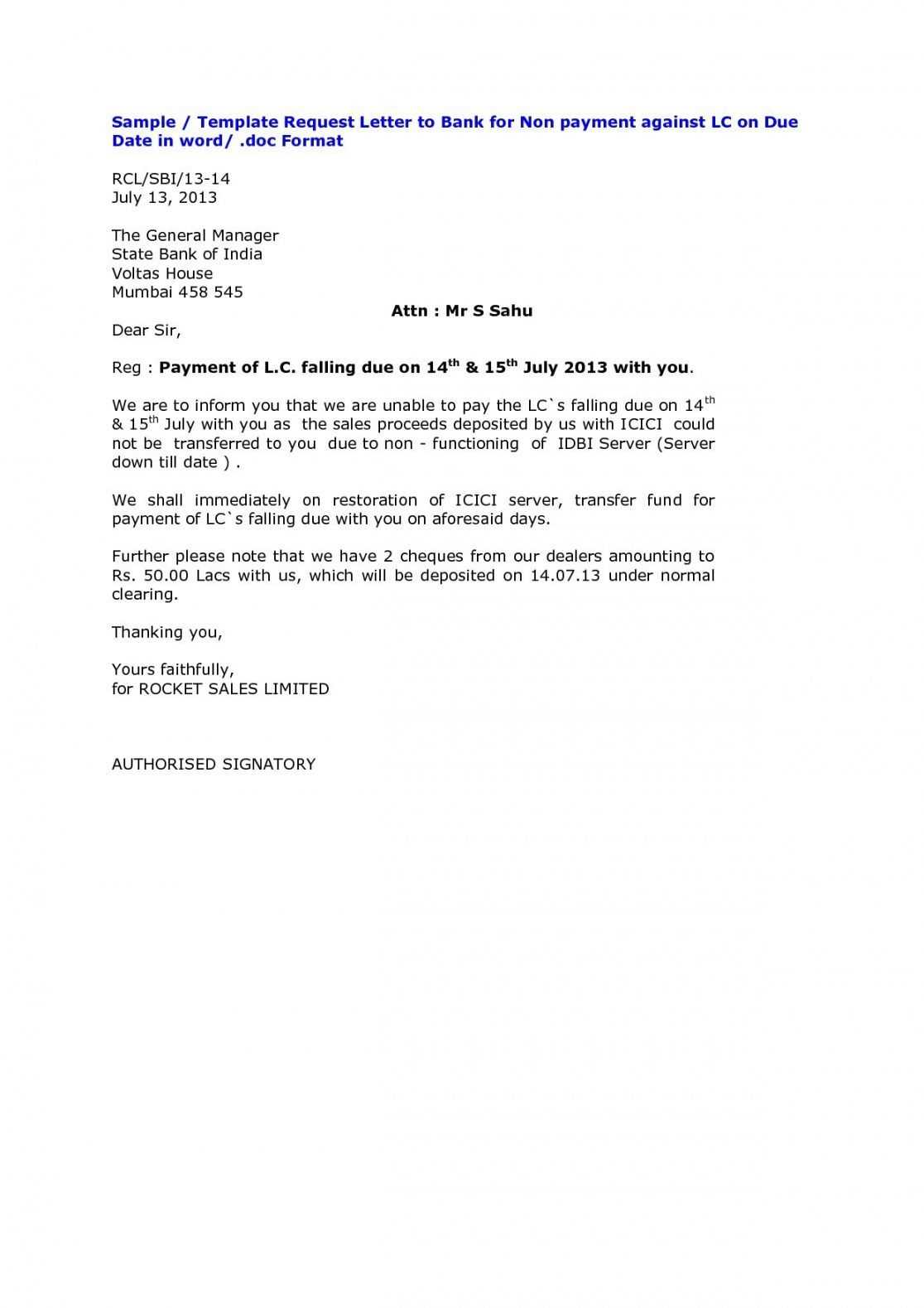
When you find yourself in a situation where a payment needs to be returned, it’s important to approach the matter clearly and professionally. Crafting a well-structured request can greatly increase your chances of a successful resolution. This process helps ensure that your case is understood and considered promptly by the recipient.
Essential Information for Your Request
Begin by stating the purpose of your communication, outlining the reason for the reimbursement. Clearly detail the amount in question and provide any relevant dates, such as when the transaction occurred. Be concise, but make sure all necessary information is present to avoid delays.
Key Elements to Include
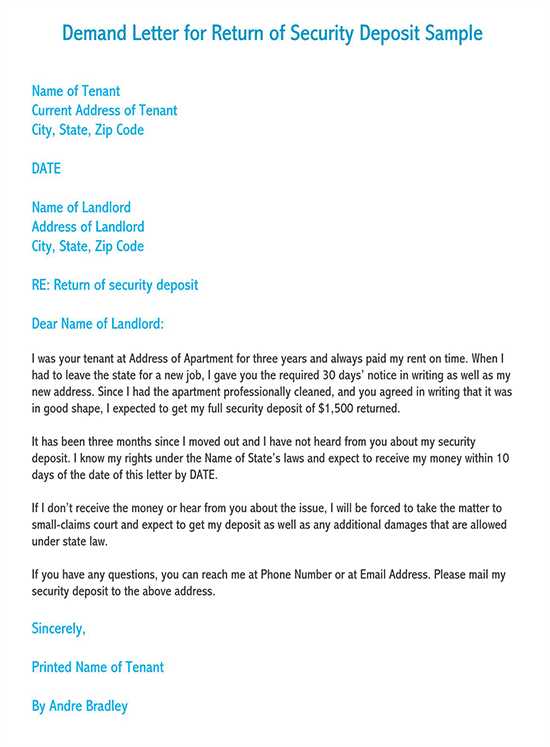
- Personal Details: Your full name, address, and contact information.
- Transaction Information: Specifics about the payment, including dates and amounts.
- Reason for Request: An explanation of why the reimbursement is necessary.
- Desired Outcome: The action you wish the recipient to take.
Formatting Your Request for Clarity
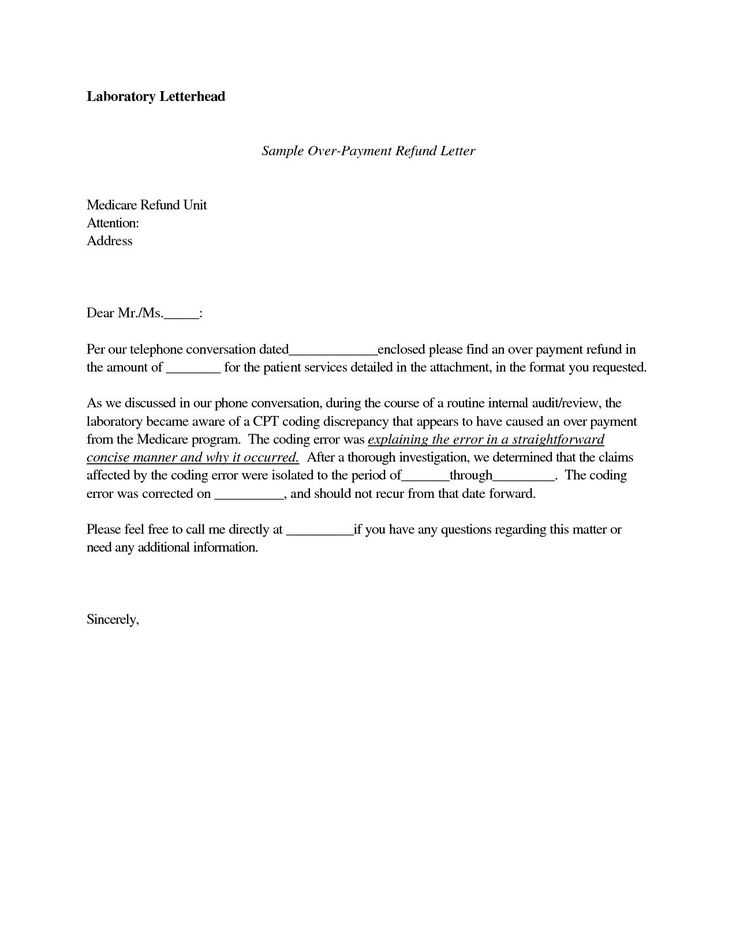
Using clear language and a professional tone is essential to make your request effective. Avoid ambiguous terms and ensure your message is easily understandable. Proper formatting can help make your communication stand out and be taken seriously.
Suggestions for a Well-Formatted Request
- Introduction: Begin by stating your intent and the specific issue you’re addressing.
- Details: Present a clear breakdown of the situation, including dates, amounts, and any supporting documents.
- Conclusion: Close by summarizing your request and expressing your expectations for a prompt response.
By following these guidelines, you ensure that your communication remains professional and effective, helping to resolve your situation efficiently and with minimal complications.
Why You Need a Payment Reimbursement Request
When seeking the return of funds, it is crucial to approach the situation with clarity and professionalism. A structured request ensures that the recipient understands the issue and is motivated to address it swiftly. This process helps avoid misunderstandings and increases the likelihood of a positive outcome.
Understanding the Basics of Requesting Reimbursements
To begin, it’s essential to outline the specific reason for the refund. Whether it’s for an overpayment, a faulty product, or an unsatisfactory service, presenting a clear and concise explanation helps make the case. Along with the reason, be sure to include details such as the transaction amount, date, and any receipts or documentation that support your request.
How to Write a Payment Reimbursement Request
When crafting your request, maintain a professional tone and be direct. Avoid emotional language and focus on the facts. Start by explaining the situation briefly, followed by a clear statement of what you expect in return. Be respectful but firm in your wording to convey seriousness.
Key Information to Include in Your Request
- Personal Details: Include your full name, contact details, and account information if necessary.
- Transaction Information: List the payment details, including dates, amounts, and relevant reference numbers.
- Reason for the Request: Clearly explain why the funds should be returned.
- Desired Outcome: Specify the action you want to be taken, such as the exact amount you seek to recover.
Common Mistakes to Avoid
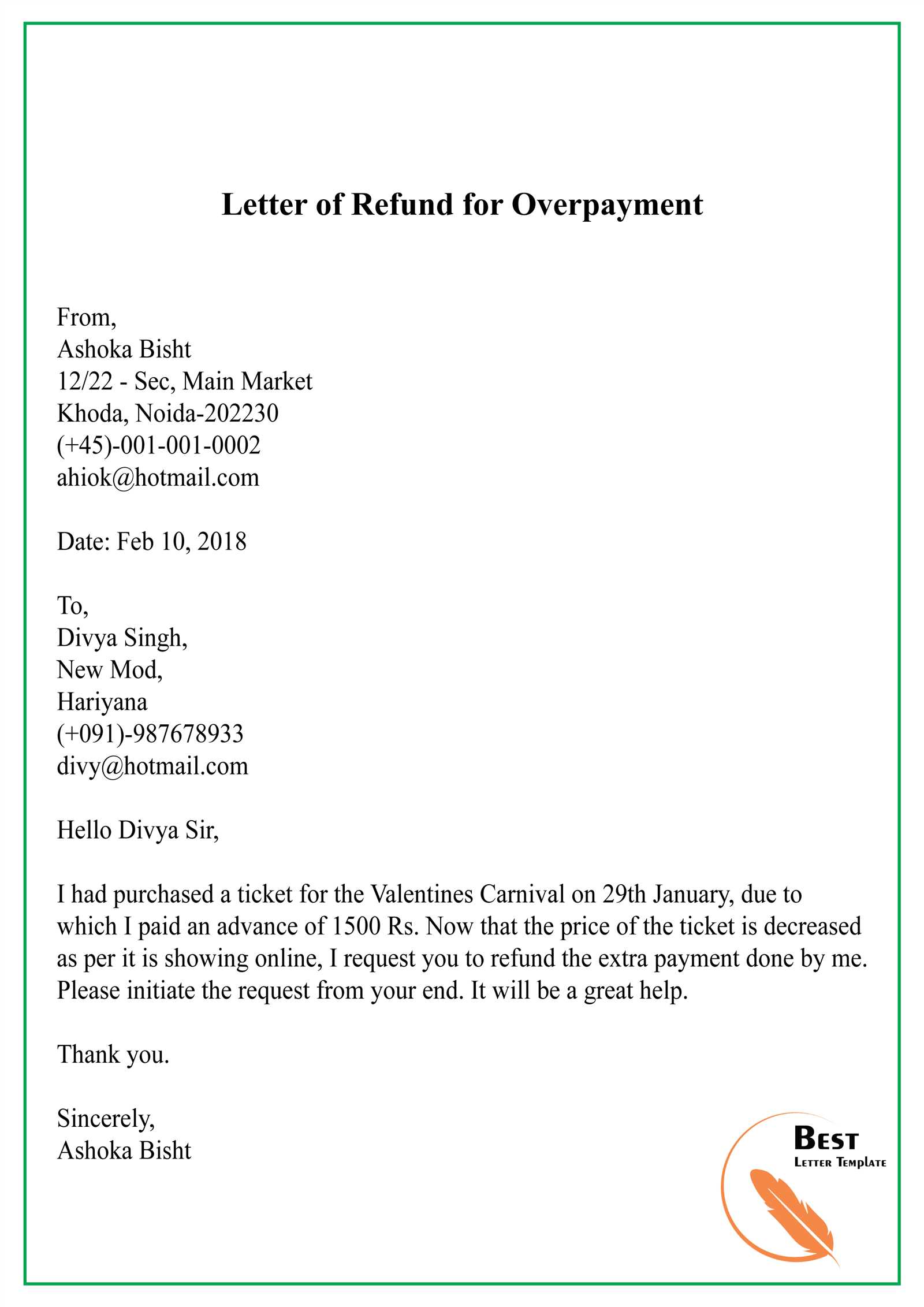
One common error is being vague or unclear about the issue. Without precise details, your request may be dismissed or delayed. Additionally, avoid being confrontational. A polite and professional tone increases your chances of getting a favorable response.
Effective Communication Tips
Keep your message simple and to the point. Organize your information in a logical order, and be concise. When possible, provide evidence to back up your claims. This will strengthen your case and demonstrate that you are serious about resolving the issue.
What to Do After Sending the Request
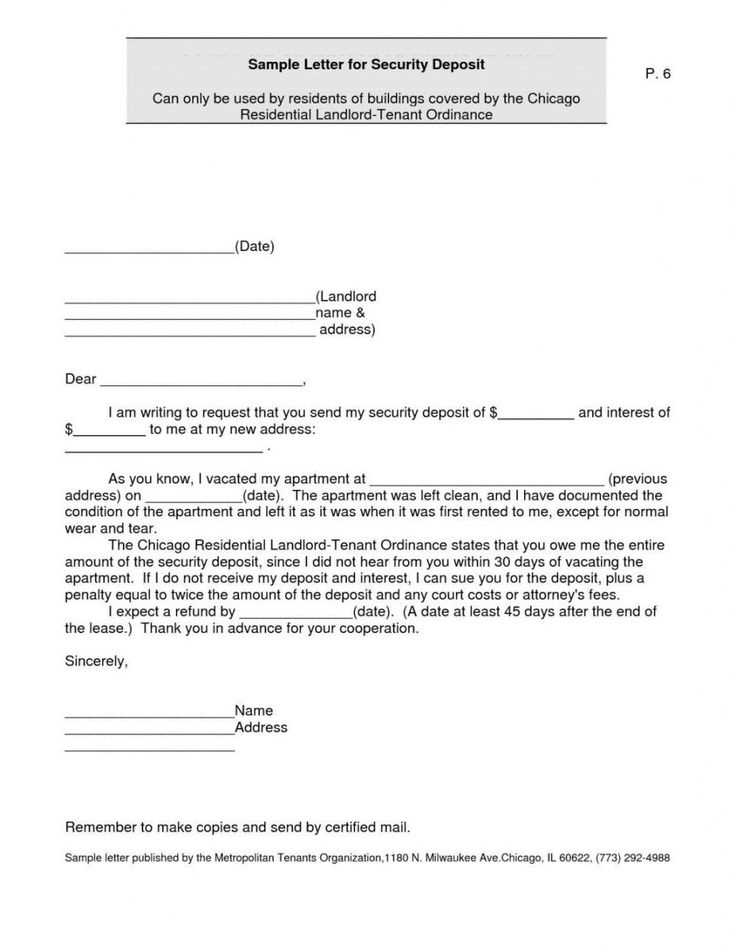
Once your request has been submitted, allow reasonable time for a response. Follow up if you haven’t received an acknowledgment within the expected time frame. If the recipient fails to respond or refuses your request, consider escalating the matter or seeking legal advice.
Next Steps If Your Claim Is Denied
If your request is rejected, don’t lose hope. Review the reasons provided for the denial and see if there’s room for negotiation. You can also escalate the issue to a higher authority or initiate a formal dispute process if necessary.